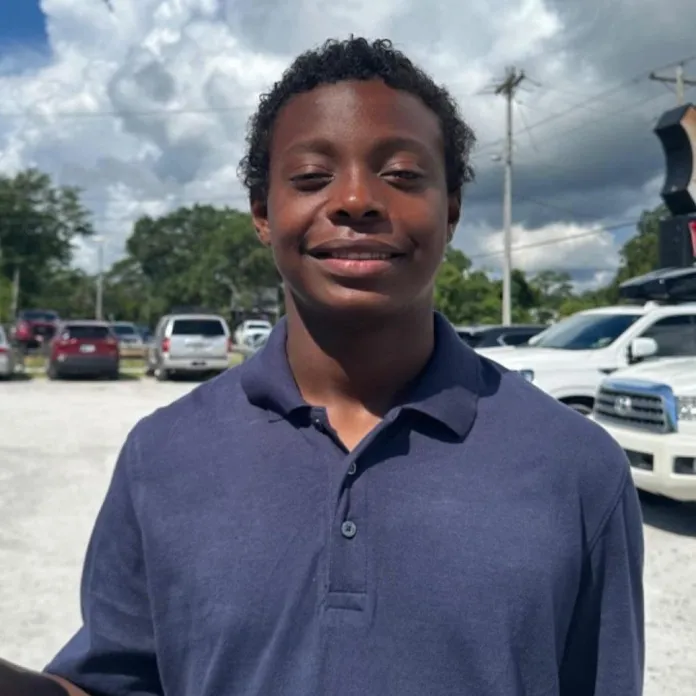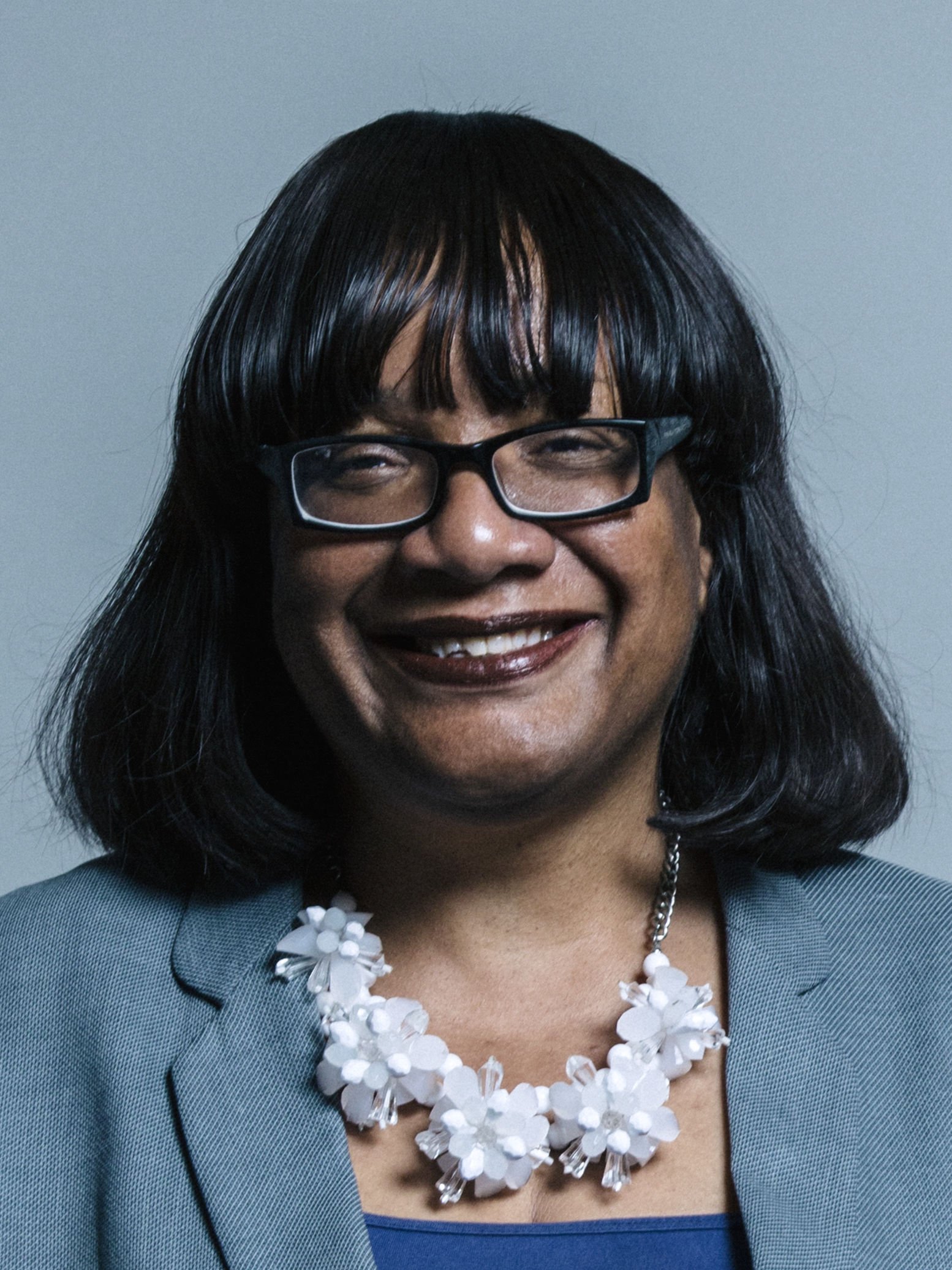On Byron, Jim Crow, and Identities
To all the Black people married to or in long-term relationships with people of pallor, especially Black men, I offer a piece of advice: never love any person or any concept of power and privilege more than you love your people and your identities.
I’m married to a person of pallor. We've been together for almost 16 years. I love her deeply. She is arguably my favorite person in the world. But I could never love her if it was at the behest of my blackness. I could never be with her if our relationship were built on distorting the historical oppression of my people to keep her comfortable with my existence. I have never had to minimize or suppress myself for her. I have watched her learn, unlearn, grow, and stand up against hatred, bigotry, and anti-blackness. That's what any relationship with a person of pallor should be if you're a Black person living in white supremacy.
Any other form of relationship with whiteness poses you and yours a clear and present danger.
Contrary to “popular belief” (”popular belief” meaning melanated folx who seek to curry favor within white supremacist ideology), let me tell you that there are no perks you'll receive from oppressing your people and yourself for the oppressors. The oppressors will never truly accept all of you. They will offer you no safety, defense, power, or privilege in exchange for your services. They will discard you when you no longer serve their purposes and no longer help them look acceptable and community-minded. That's not just speculation - that is history. Undistorted. Clear. Easy to see, established patterns of history with over 400 years of precedents.
To my Black people, I don’t know what self-hatred and generational trauma you carry in your bodies, but I wish you peace, healing, and a better connection with the value of who you are and what your people truly represent. I wish for you to find a love that doesn't have to be tethered to your identities but respects and uplifts them. Love who you love, but always love you and yours first.
Because when you're done acting like a rodent with a built-in bandit mask and the oppressors discard yo’ ass because you no longer serve a purpose, there ain't gonna be no one there who looks like you to help you get back home.
Pepperidge Farms remembers.
[Image description: a picture of U.S. State Representative Byron Donalds speaking to a crowd.]
Image description: a picture of U.S. State Representative Byron Donalds speaking to a crowd.




